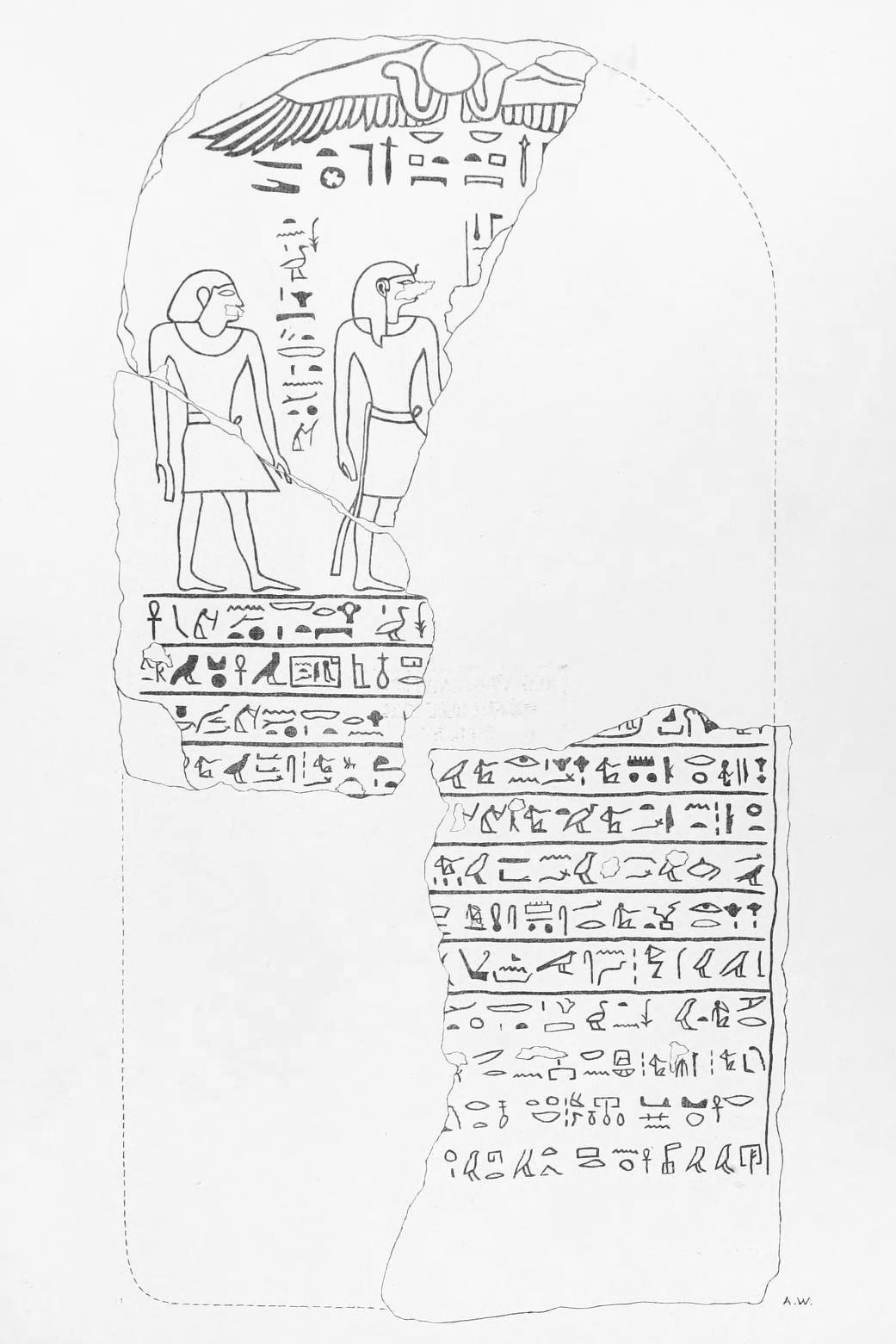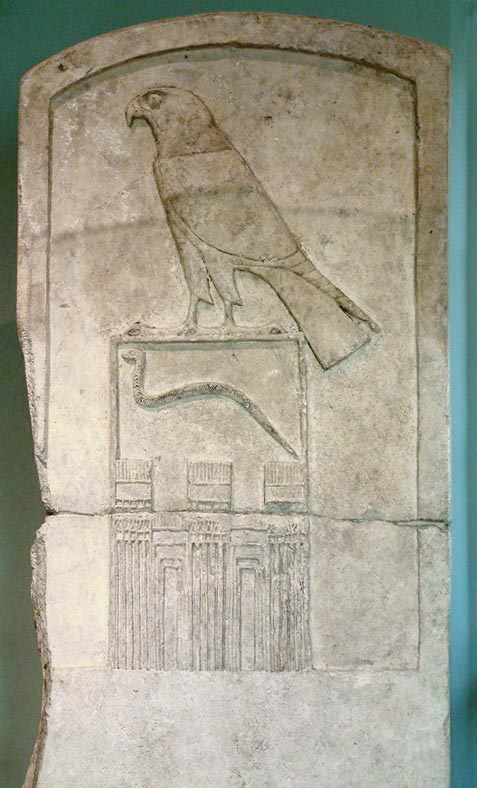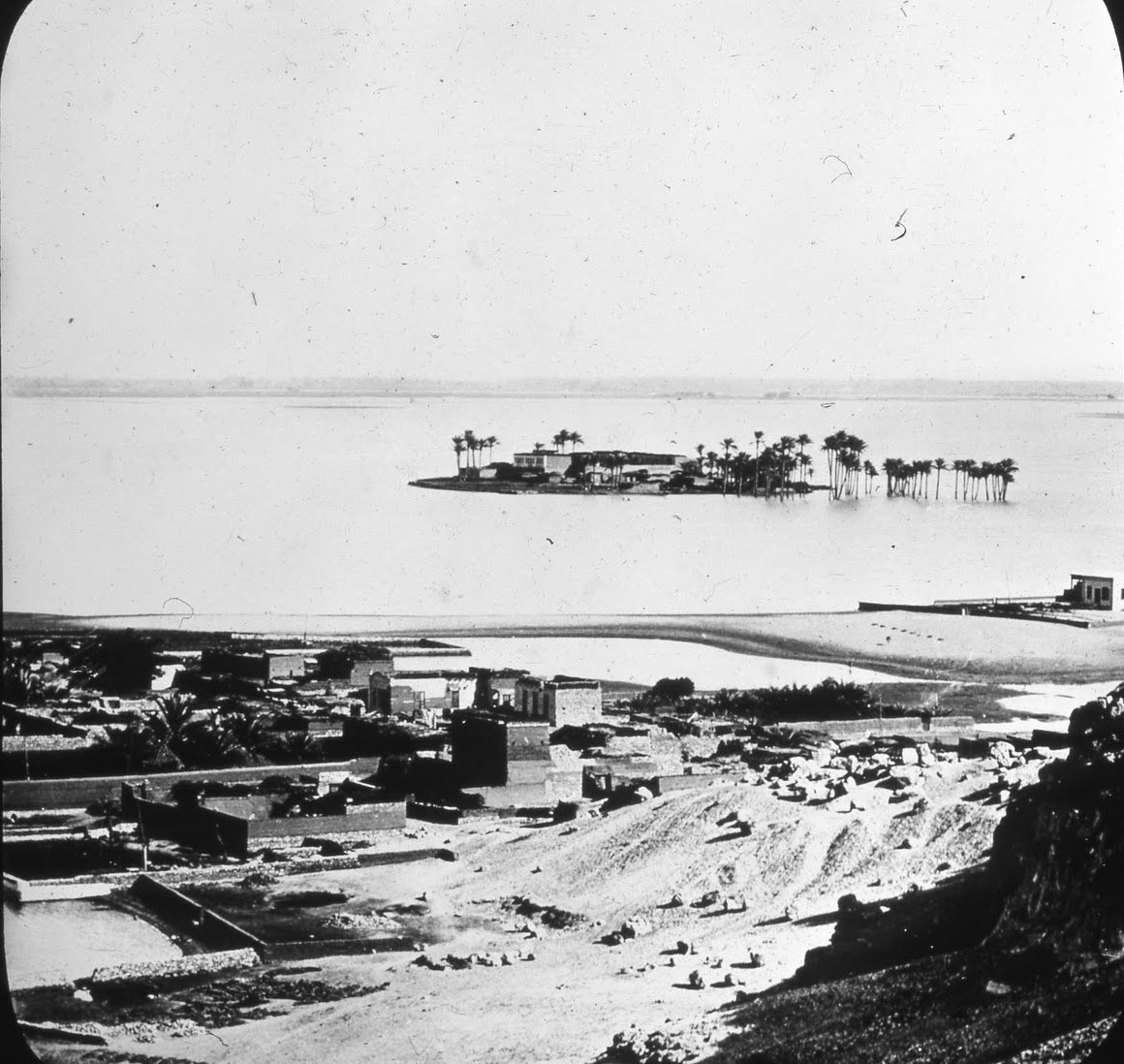|
Nubkheperre Intef
Nubkheperre Intef (or Antef, Inyotef, sometimes referred to as Intef VI) was an Egyptian king of the Seventeenth Dynasty of Egypt at Thebes during the Second Intermediate Period, when Egypt was divided by rival dynasties including the Hyksos in Lower Egypt. Reign Rise to power He is known to be the brother of Sekhemre-Wepmaat Intef—and this king's immediate successor—since he donated Louvre Coffin E3019 for this king's burial which bears an inscription that it was donated for king Sekhemre Wepmaat Intef "''as that which his brother, king Antef'' (Nubkheperre Intef here) ''gives''", notes Kim Ryholt. As the German scholar Thomas Schneider writes in the 2006 book ''Ancient Egyptian Chronology (Handbook of Oriental Studies)'': :"From the legend on the coffin Louvre E 3019 (Sekhemre-Wepmaat's coffin), it follows that Inyotef Nebukheperre'...arranged the burial of his brother Inyotef Sekhemre'-upimaat...and must have therefore have followed him on the throne. In his ''Untersuchu ... [...More Info...] [...Related Items...] OR: [Wikipedia] [Google] [Baidu] |
Rishi Coffin
Rishi coffins are funerary coffins adorned with a feather design, which were used in Ancient Egypt. They are typical of the Egyptian Second Intermediate Period, to 1550 BC. The name comes from ريشة (''risha''), Arabic for "feather". Development During the Egyptian Old Kingdom and Middle Kingdom, coffins were rectangular. Anthropoid Coffins The first coffins in anthropoid (human) shape only appear in the 12th Dynasty. These designs copied mummies showing a human head and the body without arms and legs as if they are wrapped in linen. The coffins were always in several sets with the outer coffin being rectangular. Rishi Coffins Perhaps already in the 13th Dynasty, these anthropoid coffins were decorated all over with a feather design and are no longer placed within an outer, rectangular coffin. These are the first rishi coffins. In the Late 13th Dynasty, the earliest example mentioned in literature is the coffin of the ''scribe of the great enclosure'' Neferhotep.Gian ... [...More Info...] [...Related Items...] OR: [Wikipedia] [Google] [Baidu] |
Stele Nubkheperre Petrie 02
A stele ( ) or stela ( )The plural in English is sometimes stelai ( ) based on direct transliteration of the Greek, sometimes stelae or stelæ ( ) based on the inflection of Greek nouns in Latin, and sometimes anglicized to steles ( ) or stelas ( ). is a stone or wooden slab, generally taller than it is wide, erected in the ancient world as a monument. The surface of the stele often has text, ornamentation, or both. These may be inscribed, carved in relief, or painted. Stelae were created for many reasons. Grave stelae were used for funerary or commemorative purposes. Stelae as slabs of stone would also be used as ancient Greek and Roman government notices or as boundary markers to mark borders or property lines. Stelae were occasionally erected as memorials to battles. For example, along with other memorials, there are more than half-a-dozen steles erected on the battlefield of Waterloo at the locations of notable actions by participants in battle. A traditional Western gra ... [...More Info...] [...Related Items...] OR: [Wikipedia] [Google] [Baidu] |
Cairo Museum
The Museum of Egyptian Antiquities, commonly known as the Egyptian Museum (, Egyptian Arabic: ) (also called the Cairo Museum), located in Cairo, Egypt, houses the largest collection of Egyptian antiquities in the world. It houses over 120,000 items, with a representative amount on display. Located in Tahrir Square in a building built in 1901, it is the largest museum in Africa. Among its masterpieces are Pharaoh Tutankhamun's treasure, including its iconic gold burial mask, widely considered one of the best-known works of art in the world and a prominent symbol of ancient Egypt. History The Egyptian Museum of Antiquities contains many important pieces of ancient Egyptian history. It houses the world's largest collection of Pharaonic antiquities. The Egyptian government established the museum built in 1835 near the Ezbekieh Garden and later moved to the Cairo Citadel. In 1855, Archduke Maximilian of Austria was given all of the artifacts by the Egyptian government; t ... [...More Info...] [...Related Items...] OR: [Wikipedia] [Google] [Baidu] |
Fivefold Titulary
The royal titulary or royal protocol is the standard naming convention taken by the pharaohs of ancient Egypt. It symbolised worldly power and holy might, also acting as a sort of mission statement for the duration of a monarch's reign (although sometimes it even changed during the reign). The full titulary, consisting of five names, did not come into standard usage until the Middle Kingdom but remained in use as late as the Roman Empire. Origins In order that the pharaoh, who held divine office, could be linked to the people and the gods, special epithets were created for them at their accession to the throne. These titles also served to demonstrate one's qualities and link them to the terrestrial realm. The five names were developed over the centuries beginning with the Horus name. This name identified the figure as a representative of the god Horus. The Nebty name was the second part of the royal titular of Upper and Lower Egypt. This name placed the king under the protection o ... [...More Info...] [...Related Items...] OR: [Wikipedia] [Google] [Baidu] |
Auguste Mariette
François Auguste Ferdinand Mariette (11 February 182118 January 1881) was a French scholar, archaeologist and Egyptologist, and the founder of the Egyptian Department of Antiquities, the forerunner of the Supreme Council of Antiquities. Early career Auguste Mariette was born in Boulogne-sur-Mer, where his father was town clerk. Educated at the Boulogne municipal college, where he distinguished himself and showed much artistic talent, he went to England in 1839 when eighteen as professor of French and drawing at a boys' school at Stratford-upon-Avon. In 1840 he became pattern-designer to a ribbon manufacturer in Coventry, but he returned the same year to Boulogne, and in 1841 took a degree at the University of Douai. Mariette proved to be a talented draftsman and designer, and he supplemented his salary as a teacher at Douai by giving private lessons and writing on historical and archaeological subjects for local periodicals. Meanwhile, his cousin Nestor L'Hôte, the friend ... [...More Info...] [...Related Items...] OR: [Wikipedia] [Google] [Baidu] |
Minemhat
Minemhat ( Min is at the front; Franke PD251) was an Ancient Egyptian mayor of Koptos during the 17th Dynasty in the late Second Intermediate Period. Minemhat appears in three sources and served during the reign of Nubkheperre Intef. Attestations Royal Decree of Nubkheperre Intef Minemhat appears on the Coptos Decree dates to Year 3 of King Nubkheperre Intef. This is a royal decree addressed to certain officials at Koptos with Minemhat appearing as the first one with the titles ''royal sealer'' and ''mayor of Koptos''. The decree is about the removal of Teti, Son of Minhotep, from his position in the temple at Koptos. *Cairo JE 30770 bis with the title string Royal Sealer, Governor of Koptos, Overseer of a Half-Domain, Minemhat (ḫtmw-bjtj; ḥꜣtj-ꜥ n gbtjw; jmj-rꜣ gs-pr mnw-m-ḥꜣt). Gebel Zeit, Mining Expedition At Gebel Zeit, several mining expeditions went to the galena mines, often departing from Coptos (Quft). There is evidence of Min worship indicating a relatio ... [...More Info...] [...Related Items...] OR: [Wikipedia] [Google] [Baidu] |
Flinders Petrie
Sir William Matthew Flinders Petrie ( – ), commonly known as simply Sir Flinders Petrie, was an English people, English Egyptology, Egyptologist and a pioneer of systematic methodology in archaeology and the preservation of artefacts. He held the first chair of Egyptology in the United Kingdom, and excavated many of the most important archaeological sites in Egypt in conjunction with his Irish-born wife, Hilda Petrie, Hilda Urlin. Some consider his most famous discovery to be that of the Merneptah Stele, an opinion with which Petrie himself concurred. Undoubtedly at least as important is his 1905 discovery and correct identification of the character of the Proto-Sinaitic script, the ancestor of almost all alphabetic scripts. Petrie developed the system of dating layers based on pottery and Ceramic engineering, ceramic findings. Petrie has been denounced for his pro-eugenics views; he was a dedicated believer in the superiority of the Germanic-speaking world, Northern p ... [...More Info...] [...Related Items...] OR: [Wikipedia] [Google] [Baidu] |
Teti, Son Of Minhotep
Teti, Son of Minhotep, was an Egyptian official in Coptos during the reign of Pharaoh Nubkheperre Intef of the Seventeenth Dynasty of Egypt (reigned c. 1571 to mid-1560s BCE). His only clear attestation is in the Coptos Decree, which deprives him of his office and its stipend for some act of sacrilege. The exact nature of this crime is debated, largely due to the idiomatic or euphemistic language used in the text. Some have identified him as the same Teti who opposed Kamose several pharaohs later, which would indicate the pharaohs between Nubkheperre Intef and Kamose had very short reigns, but this identification remains problematic. Rank Teti's position in Coptos has been identified variously as a ''haty-a'' or as merely a temple official. James Henry Breasted argued that the Coptos Decree must be read as ordering the demotion of a count and installing his replacement. Alternatively, Katja Goebs argues that Teti probably had never been the ''haty-a'', since the titles the Coptos ... [...More Info...] [...Related Items...] OR: [Wikipedia] [Google] [Baidu] |
Coptos Decree
The Coptos Decree of Nubkheperre Intef is a legal ruling written in hieroglyphic Ancient Egyptian hieroglyphs ( ) were the formal writing system used in Ancient Egypt for writing the Egyptian language. Hieroglyphs combined ideographic, logographic, syllabic and alphabetic elements, with more than 1,000 distinct characters. ... on the wall of the Min-temple in Coptos. Content of the Decree The Coptos Decree was issued by Nubkheperre Intef to the ''mayor of Koptos'' Minemhat concerning the removal of Teti, Son of Minhotep, from his position in the temple. According to the decree, Teti had committed some serious misconduct, which has been interpreted differently by different translators. Teti had either supported the kings' enemies, or had stolen an item from the temple of Min.Sethe, Kurt. ''Erläuterungen zu den ägyptischen Lesestücken''. Leipzig 1927 The wording of the degree probably indicates the latter. The consequences of this crime were serious and far-reaching. Th ... [...More Info...] [...Related Items...] OR: [Wikipedia] [Google] [Baidu] |
Horus
Horus (), also known as Heru, Har, Her, or Hor () in Egyptian language, Ancient Egyptian, is one of the most significant ancient Egyptian deities who served many functions, most notably as the god of kingship, healing, protection, the sun, and the sky. He was worshipped from at least the late prehistoric Egypt until the Ptolemaic Kingdom and Egypt (Roman province), Roman Egypt. Different forms of Horus are recorded in history, and these are treated as distinct gods by Egyptology, Egyptologists."The Oxford Guide: Essential Guide to Egyptian Mythology", Edited by Donald B. Redford, Horus: by Edmund S. Meltzer, pp. 164–168, Berkley, 2003, . These various forms may be different manifestations of the same multi-layered deity in which certain attributes or Syncretism, syncretic relationships are emphasized, not necessarily in opposition but complementary to one another, consistent with how the Ancient Egyptians viewed the multiple facets of reality. He was most often depicted as ... [...More Info...] [...Related Items...] OR: [Wikipedia] [Google] [Baidu] |
Min (god)
Min (), also called Menas, is an ancient Egyptian deities, ancient Egyptian god whose cult originated in the predynastic Egypt, predynastic period (4th millennium BCE). He was represented in many different forms, but was most often represented in male human form, shown with an erect penis which he holds in his left hand and an upheld right arm holding a Crook and flail, flail. Myths and function Min's cult began and was centered around Coptos (Koptos, modern day Qift) and Akhmim (Panopolis) of Upper Egypt, where in his honour great festivals were held celebrating his "coming forth" with a public procession and presentation of offerings. His other associations include the eastern desert and links to the god Horus. Flinders Petrie excavated two large statues of Min at Qift which are now in the Ashmolean Museum and it is thought by some that they are pre-dynastic. Although not mentioned by name, a reference to "he whose arm is raised in the East" in the Pyramid Texts is thought ... [...More Info...] [...Related Items...] OR: [Wikipedia] [Google] [Baidu] |







